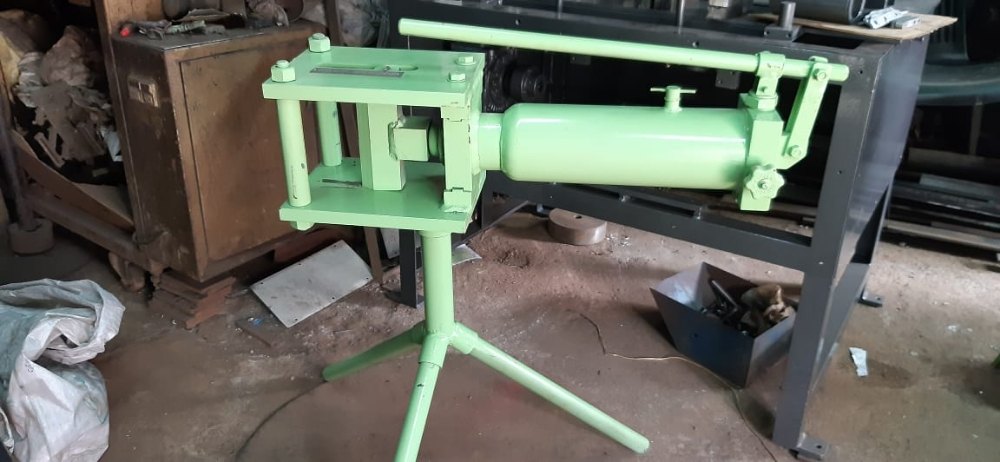Bending machines, a cornerstone of modern manufacturing, have brought about a transformative shift in the production processes of various industries. busbar machine These sophisticated machines have significantly streamlined the way metal sheets, tubes, and profiles are shaped, leading to heightened precision, efficiency, and consistency in bending operations.These CNC-driven machines drastically reduced human error, minimized material wastage, and facilitated rapid changeovers for different bending tasks.
Bending machines have come a long way from their humble beginnings. In earlier times, manual bending was labor-intensive and relied heavily on the skill of operators, often resulting in inconsistencies and time-consuming processes. The advent of computer numerical control (CNC) technology marked a turning point, enabling the creation of programmable bending machines capable of executing intricate bends with unparalleled accuracy.
One notable innovation in the realm of bending machines is the incorporation of robotics. Collaborative robots, or cobots, have been integrated into bending processes to assist operators, augmenting their capabilities and enhancing overall productivity. These cobots are programmed to work in tandem with human operators, handling repetitive tasks, heavy lifting, and precise positioning. This synergy between human expertise and robotic precision not only increases production rates but also ensures a safer working environment.
Moreover, bending machines have evolved to encompass a broader range of materials, beyond just metals. Advanced bending machines are equipped to handle plastics, composites, and even more exotic materials, broadening their application in industries such as aerospace, automotive, and construction. This versatility allows manufacturers to explore new design possibilities and create innovative products that were once deemed too complex to produce.


